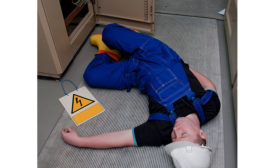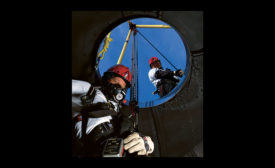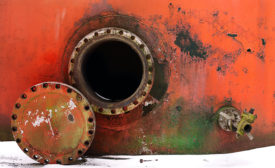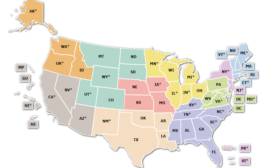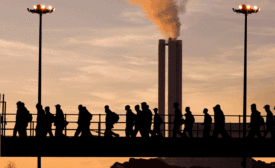Home » confined space
Articles Tagged with ''confined space''
These hazardous materials require close exposure monitoring
Read More
A study of electrical injuries and fatalities on the job
Electrical injuries: facts & myths
May 10, 2019
A confined spaces analysis
Learn how to define spaces, reclassify them, and five life-saving principles to minimize hazards
April 17, 2019
Confined spaces demand caution
First conduct an assessment, then consider three primary options when selecting a confined space rescue service
April 1, 2019
2019 top standards- Critical OSHA standards
OSHA confined space general industry standard
29 CFR 1910.146: OSHA Confined Space Standard – General Industry
January 3, 2019
2019 Top Standards- Critical OSHA Standards
OSHA confined space construction standard
OSHA 1926.1201 Safety and Health Regulations for Construction: Confined Spaces in Construction
January 3, 2019
Pure Safety Group brought together four industry leaders at NSC
Launched multiple products from Booth #2111, unveiled PSG brand, and professional and high performance product categories
October 26, 2018
Never miss the latest news and trends driving the safety industry
eNewsletter | Website | eMagazine
JOIN TODAYCopyright ©2024. All Rights Reserved BNP Media.
Design, CMS, Hosting & Web Development :: ePublishing

